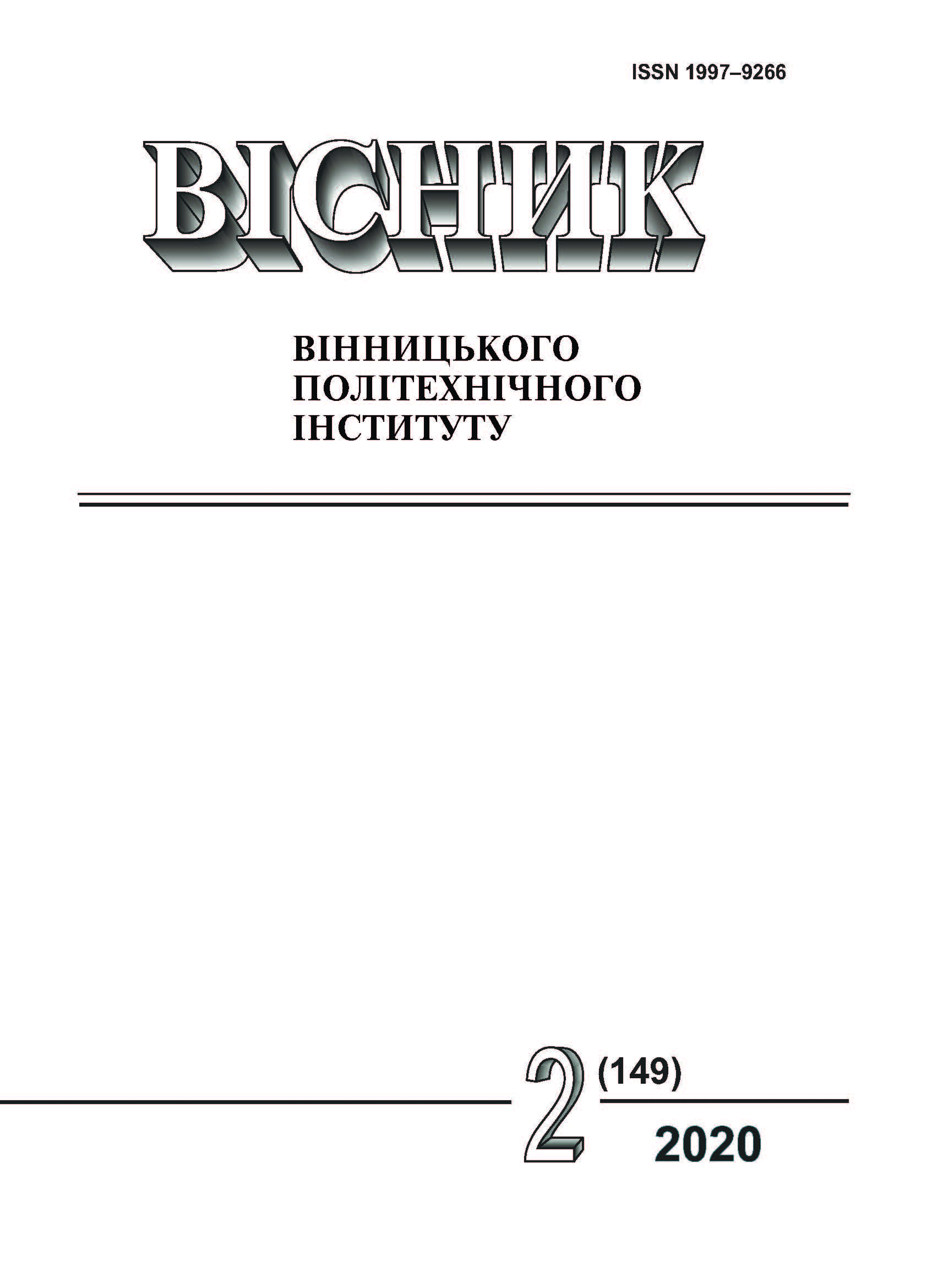Repair of Surface Defects on Active Pipelines with MIG/MAG Welding in Impulse Mode
DOI:
https://doi.org/10.31649/1997-9266-2020-149-2-82-88Keywords:
trunk pipelines, defects, thermal impact, MIG/MAG welding, impulse modeAbstract
A significant part of Ukraine’s trunk pipelines have been in operation for a long time and require renovation. The most common method of repair is welding of defective areas with corrosion damage using arc welding. But while performing welding work on active pipelines there is a danger of through-penetration or excessive heating of the pipe wall with the welding arc, which can lead to its destruction by internal pressure. The problem of safe repair of the surface defects in pipelines under pressure can be solved by reducing the thermal effect on the pipe wall. Experimental investigations of heat propagation while welding rollers on a 17GS tube steel plate by manual arc welding and semi-automatic MIG/MAG welding with the controlled transfer of metal in the impulse mode were carried out in the article. At the same time, measurements of temperature changes in the wall of the pipe at six points at different depth were taken, using K-type chromel-alumel thermocouples connected to the Arduino microcontroller, and their subsequent processing. Macrostructural investigations were conducted and the depth of penetration and the zone of thermal impact of the welded rollers were determined. The results of the research have shown that by MIG/MAG welding in impulse mode, the maximum pipe wall temperature is 168 ° C (31 %) lower than with manual arc welding. Also, in this method, the cooling rate is higher. Such reduction in heat input is significant and minimizes the risk of thermal burn of the pipe wall. By welding in impulse mode, the quality of the welded rollers is much better, the depth of penetration decreases and the thermal impact zone is three times smaller. The use of MIG/MAG impulse mode welding of drop transfer of electrode metal in the repair of the surface defects of the pipe wall has been found to be more efficient and productive than the manual arc welding, as well as safer and more economical, as it guarantees quick and efficient repair without the risk of thermal burning of the pipe wall.
References
О. О. Подолян, «Система контролю якості монтажу муфти з внутрішнім заповненням на діючий трубопровід.» автореф. дис. канд. техн. наук: 05.11.13. Київ, 2013. 24 с.
В. С. Бут, и О. И. Олейник, «Развитие в Украине технологий ремонта дуговой сваркой магистральных трубопроводов в условиях эксплуатации,» Автоматическая сварка, № 5, с. 42-50, 2014.
W. A. Bruce, H. D. Mishier, and J. F. Kiefner, “Repair of pipelines by direct deposition of weld metal,” in A. G. A. Pipeline research committee. – PR-185-9110. Edisson Welding Inst., 1993.
Р. Р. Шафиков, «Ремонт газопроводов методом наплавки без остановки транспортировки газа.» автореф. дис. канд. техн. наук: 25.00.19. Москва, 2015. 24 с.
В. И. Махненко, В. С. Бут, С. С. Козлитина, и О. И. Олейник, «Риск разрушения магистрального трубопровода с дефектами утонения стенки при ремонте под давлением,» Автоматическая сварка, № 1, с. 11-14, 2010.
И. В. Волков, «Разработка технологии ремонта газопроводов в условиях интенсивного теплоотвода.» дис. канд. техн. наук : 05.02.10 , РГУ нефти и газа (НИУ) имени И. М. Губкина. Москва, РФ, 2017. 150 с.
В. А. Рыбин, «Исследование теплового воздействия от сварочной дуги на стенку трубопровода при ремонте дефекта типа “потеря металла”,» Экспозиция Нефть Газ, № 1 (40), с. 60-61, 2015.
А. Г. Крампит, Е. А. Зернин, и М. А. Крампит, «Современные способы импульсно-дуговой MIG/MAG сварки,» Технологии и материалы, № 1, с. 4-10, 2015.
Downloads
-
PDF (Українська)
Downloads: 356
Published
How to Cite
Issue
Section
License
Authors who publish with this journal agree to the following terms:
- Authors retain copyright and grant the journal right of first publication.
- Authors are able to enter into separate, additional contractual arrangements for the non-exclusive distribution of the journal's published version of the work (e.g., post it to an institutional repository or publish it in a book), with an acknowledgment of its initial publication in this journal.
- Authors are permitted and encouraged to post their work online (e.g., in institutional repositories or on their website) prior to and during the submission process, as it can lead to productive exchanges, as well as earlier and greater citation of published work (See The Effect of Open Access).





